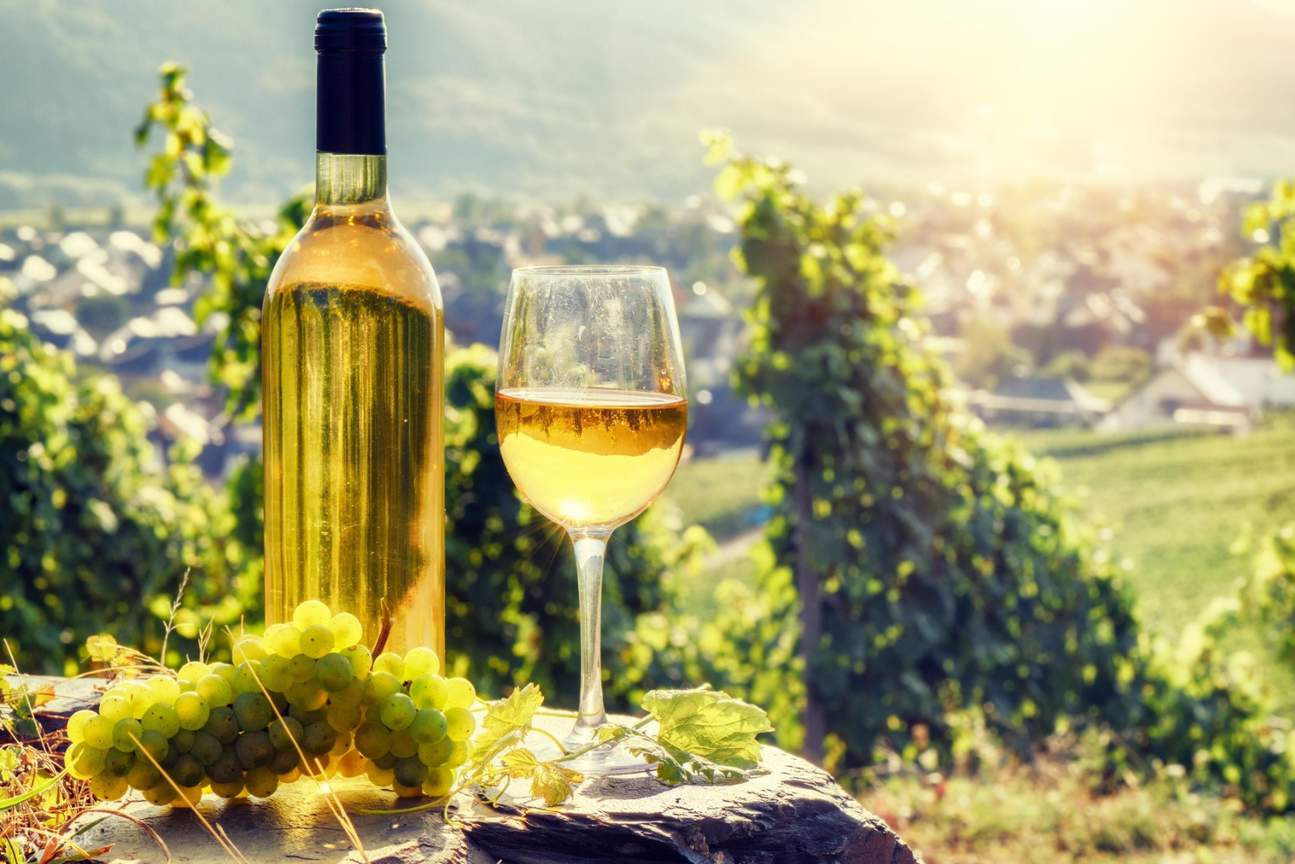thegriffithdc.com – Romania, a country with a rich history and diverse landscapes, is also home to one of Europe’s best-kept secrets: its wine. The Romanian Wine Route is a journey through the heart of this winemaking tradition, offering a glimpse into the vineyards and cellars that have been producing exquisite wines for centuries.
A Journey Through Time and Terroir
The Romanian Wine Route is not just about tasting wine; it’s a journey through time and terroir. From the rolling hills of Transylvania to the sun-kissed vineyards of Moldova and the Danube Delta, each region offers a unique blend of history, culture, and wine.
The Vineyards: A Tapestry of Terroir
Romania’s vineyards are a testament to the country’s diverse climate and soil. The Moldova region, with its limestone-rich soil, is famous for its red wines, while the hilly Transylvanian vineyards produce crisp whites. The Danube Delta, with its unique microclimate, offers a variety of wines that reflect the river’s influence.
Moldova: The Heart of Romanian Winemaking
Moldova is the heart of Romanian winemaking, with vineyards that have been producing wine for over 2,000 years. The region’s red wines, particularly those made from Fetească Neagră and Cabernet Sauvignon, are renowned for their depth and complexity.
Transylvania: A Hidden Gem
Transylvania’s vineyards are a hidden gem, with a cooler climate that is perfect for producing aromatic whites. The region’s Pinot Grigio and Riesling are particularly noteworthy, offering a refreshing taste of the Carpathian foothills.
The Danube Delta: Unique Microclimate
The Danube Delta offers a unique microclimate that is perfect for growing a variety of grapes. The region’s wines, including those made from Fetească Regală and Chardonnay, reflect the river’s influence, with a fresh and fruity character.
The Cellars: A Glimpse into the Past
Romania’s wine cellars are not just places to store wine; they are a glimpse into the past. Many of these cellars have been in use for centuries, with some dating back to the time of the Roman Empire.
Milestii Mici: The World’s Largest Wine Cellar
Milestii Mici, located in the Moldova region, is home to the world’s largest wine cellar. With over 200 kilometers of tunnels, the cellar holds over 1.5 million bottles of wine, including some of the country’s most prestigious labels.
Murfatlar: A Legacy of Winemaking
Murfatlar, situated near the Black Sea, has a winemaking legacy that dates back to the 19th century. The cellars here are a testament to the region’s rich history, with a collection of wines that reflect the terroir of the Dobrogea region.
The Experience: Beyond Wine Tasting
Visiting the Romanian Wine Route is about more than just tasting wine. It’s an opportunity to experience the culture, history, and traditions of Romania. From wine festivals to vineyard tours, there is something for every wine lover.
Wine Festivals: A Celebration of Wine
Romania’s wine festivals are a celebration of the country’s winemaking tradition. From the International Wine Festival in Bucharest to the smaller, regional festivals, these events offer a chance to taste a wide variety of wines and meet the winemakers behind them.
Vineyard Tours: A Closer Look at Winemaking
Vineyard tours provide a closer look at the winemaking process, from the vine to the bottle. Visitors can learn about the different grape varieties, the winemaking techniques, and the history of the vineyards.
Conclusion: A Must-Visit for Wine Enthusiasts
The Romanian Wine Route is a must-visit for wine enthusiasts. With its rich history, diverse terroir, and exceptional wines, Romania offers a unique wine experience that is not to be missed. Whether you’re a seasoned wine connoisseur or a curious traveler, the vineyards and cellars of Romania are sure to leave a lasting impression.
